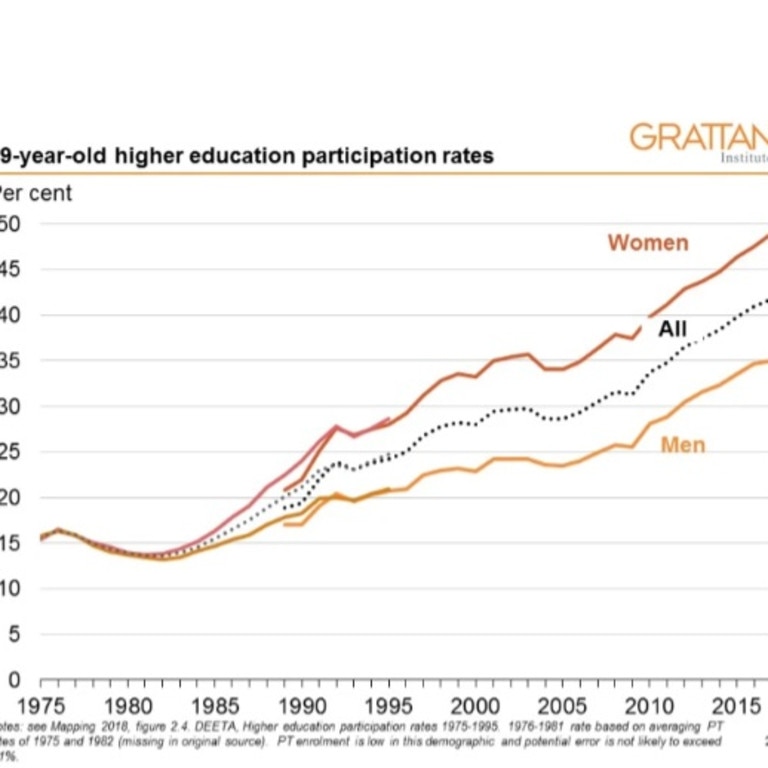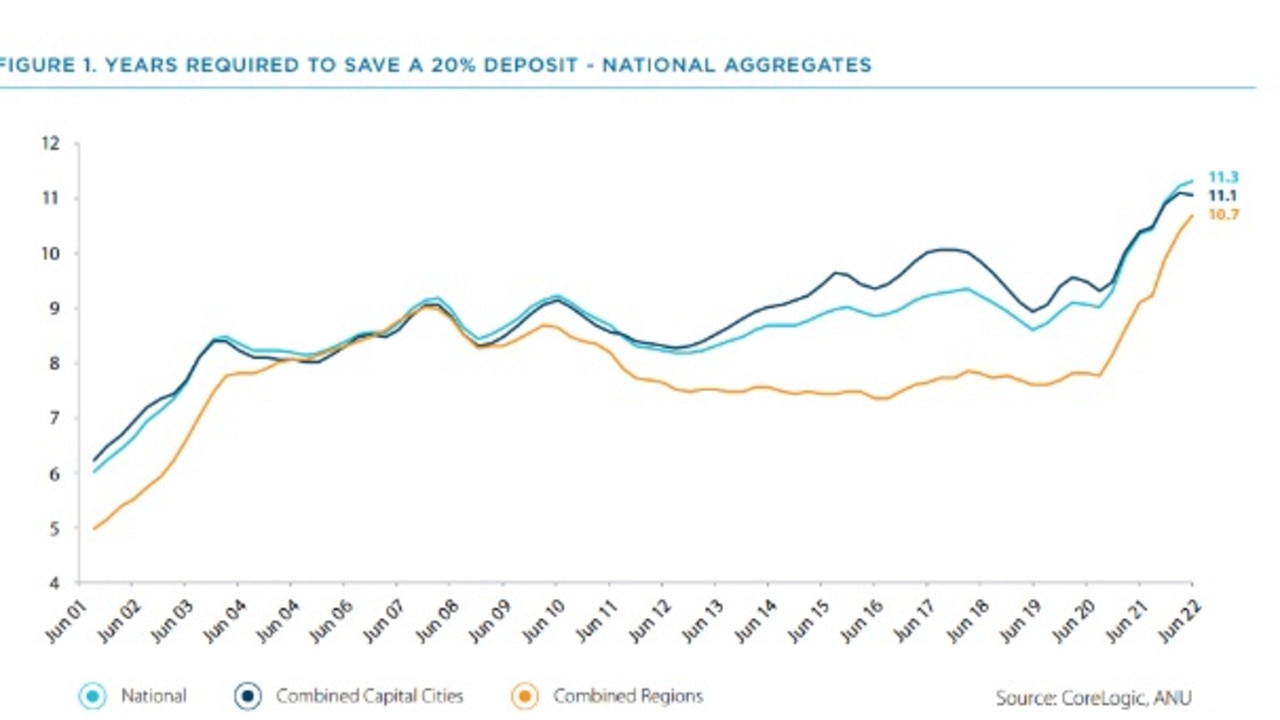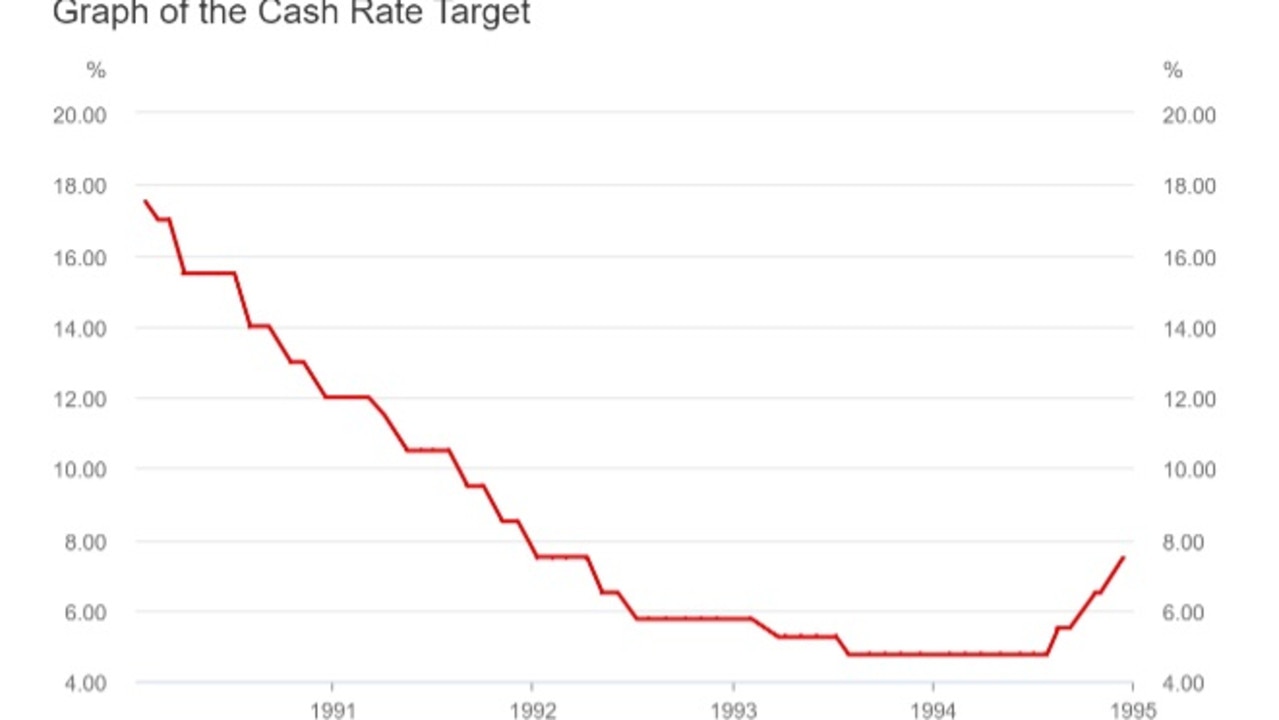Why Boomers have had it easier than other generations in Australia
The debate around who has had a tougher go between generations is no closer to being settled. But Boomers have had a much easier run.
When it comes to the battle between Australia’s different generations over who has had it harder, the outcome, like beauty, is very much in the eye of the beholder.
It is debate that can fire up people of all ages around BBQs and dining tables across the nation. In all likelihood it probably won’t be settled within our collective lifetimes and will probably be a matter of debate for anthropologists a century from now.
But before we look at the comparative experience of Australia’s different generations, it’s worth noting that regardless of age demographic people are still people. Its easy to make gross
generalisation about various age demographics, but they are broadly speaking ultimately a product of their time.
If a group of people from Gen Y or Gen Z was magically born during the mid-1950s instead (the middle of the Boomer age demographic), in all likelihood they would have come out with roughly similar viewpoints to the broader Boomer community.
It’s equally true that if a group of Boomers was instead born as a younger group of Gen Ys, they would probably feel the same frustration at the lack of affordable housing relative to the past and the lack of political will to address the nation’s rental crisis.
Education
On January 1, 1974, the Whitlam government abolished university fees, making it free for students to study. This could have scarcely come at a better time for the Baby Boomer generation, with more than two thirds of the demographic seeing some degree of free university education on offer.
In 1989, free university education in Australia came to an end just two years after the last of the Baby Boomer generation would have finished their bachelor degrees if they started university right out of high school.
While some of the younger members of Generation X experienced some degree of a free university education, by the time the middle of Gen X arrived at university degrees had to be paid for in their entirety.

In more recent times the proportion of young Australians getting a university education has more than doubled compared with Baby Boomers. But while more Australians are getting a degree, it has also got a lot more expensive.
According to data from the ATO, in 2020 the average outstanding level of HELP debt (formerly HECS) was $23,685, with around $69 billion being owed collectively.
How you choose to balance out a free university education and a much larger proportion of people going to university in the intergenerational battle is up to you.
Housing
Of all the debates between the different Aussie age demographics, the issue of housing is probably one of the most hotly contested. Few arguments over who has it harder are complete without “cheap” housing and “17 per cent interest rates” being mentioned.
According to data from ANZ, between 2001 and 2022 the time taken for the median household to save a 20 per cent home deposit has almost doubled from six years to 11.3 years.
At the same time the proportion of a median household income required to service a new mortgage has risen from 23 per cent in 2001 to 44 per cent in July of 2022.
Its worth noting that at the time of the writing of ANZ’s report only 0.75 per cent of the RBA’s 3.5 per cent worth of rate rises were priced into the calculation. So, the picture is actually even more challenging than these headline figures would suggest.
While the high interest rates of the late 1980s and early 1990s were certainly challenging, they were eventually followed by the largest collapse in the RBA cash rate in history. Between February 1990 and July 1993, the RBA cash rate plummeted from 17.5 per cent to 4.75 per cent.

Based on a benchmark 30-year mortgage at a standard variable rate, mortgage holders during this period saw their payments fall by 46.3 per cent. While the cash rate would eventually rise back to 7.5 per cent, a significant saving remained for mortgage holding households during this period.

The trajectory of society
While one can point to things like free university education available for large swathes of the
Boomer demographic or the proliferation of technology experienced by younger generations,
arguably one of the defining aspects of one’s generation is the direction of the everyman’s fortunes.
For most of Australia’s history they have been squarely on the up. Prior to the end of the mining boom in 2012, inflation adjusted wages growth generally performed quite strongly. For example, even as late as the June Quarter of 2012, real wages growth rose by 2.6 per cent
To put that into perspective, based on the last full year of inflation adjusted wage growth prior to the pandemic, it would take a little under 8 years to achieve the same degree of household
purchasing power growth.
The experience of Australians that are part of Gen X or younger has been very different than their Boomer predecessors for this reason. Rather than things continuing to improve in one way shape or form, many younger households have experienced stagnating inflation adjusted outcomes and are now facing the largest drop in living standards in at least 30 years.
Balancing it all out
Ultimately the degree of challenge faced by different age demographics will remain in the eye of the beholder, tinged with the emotion, memories and stresses of our own individual experiences.
But it is possible to step back and at least attempt to assess these challenges with a degree of
objectivity.
For example, while saving for a home deposit recently took far longer than at any time in Australian history, the difficulty presented by a proper recession which saw unemployment almost double over a three-year period was also far from a pleasure cruise.
In the end its up to you the reader to decide how all these factors balance out to determine which generation has faced the most challenges in their time.






